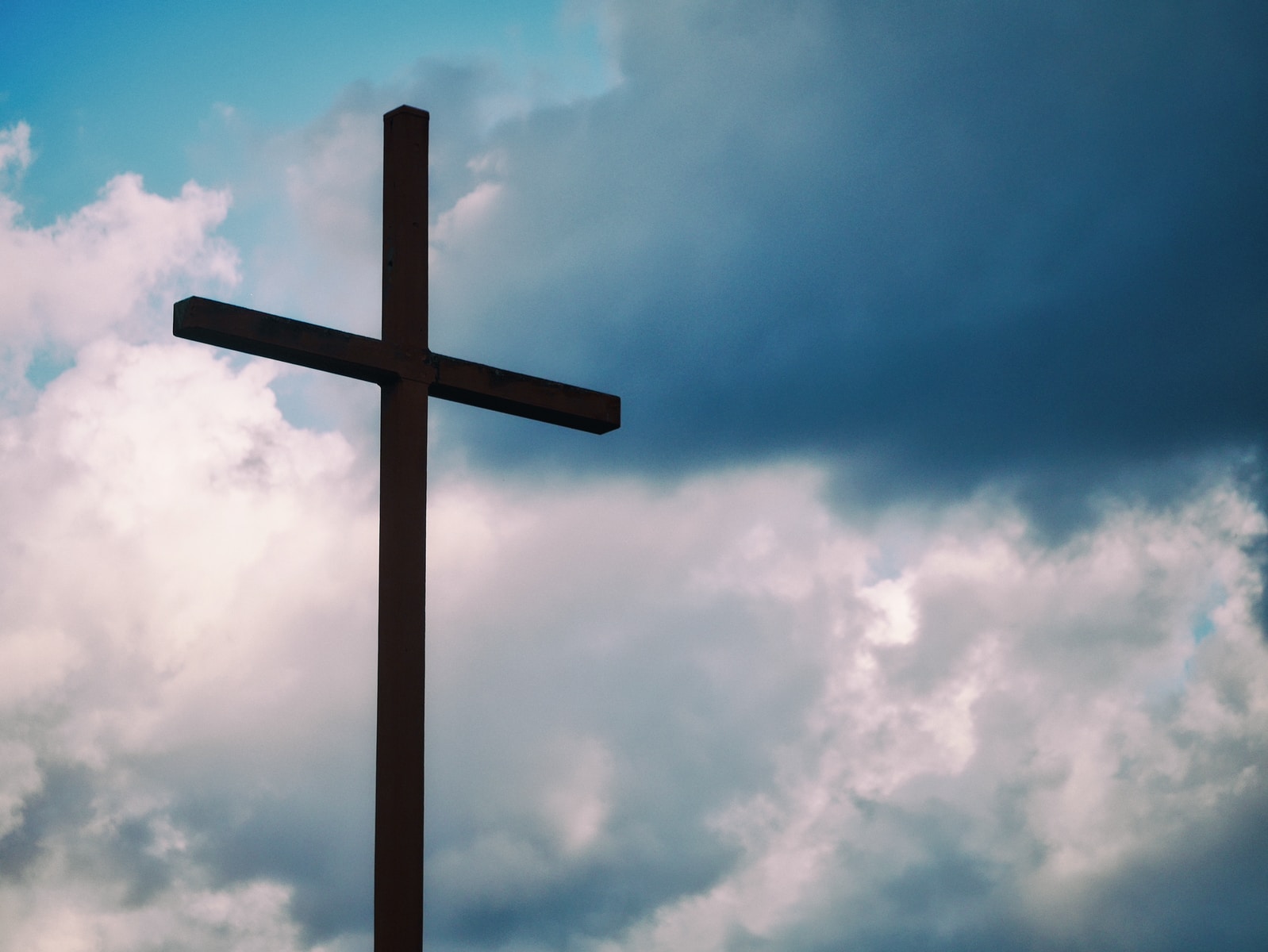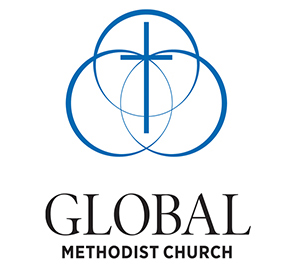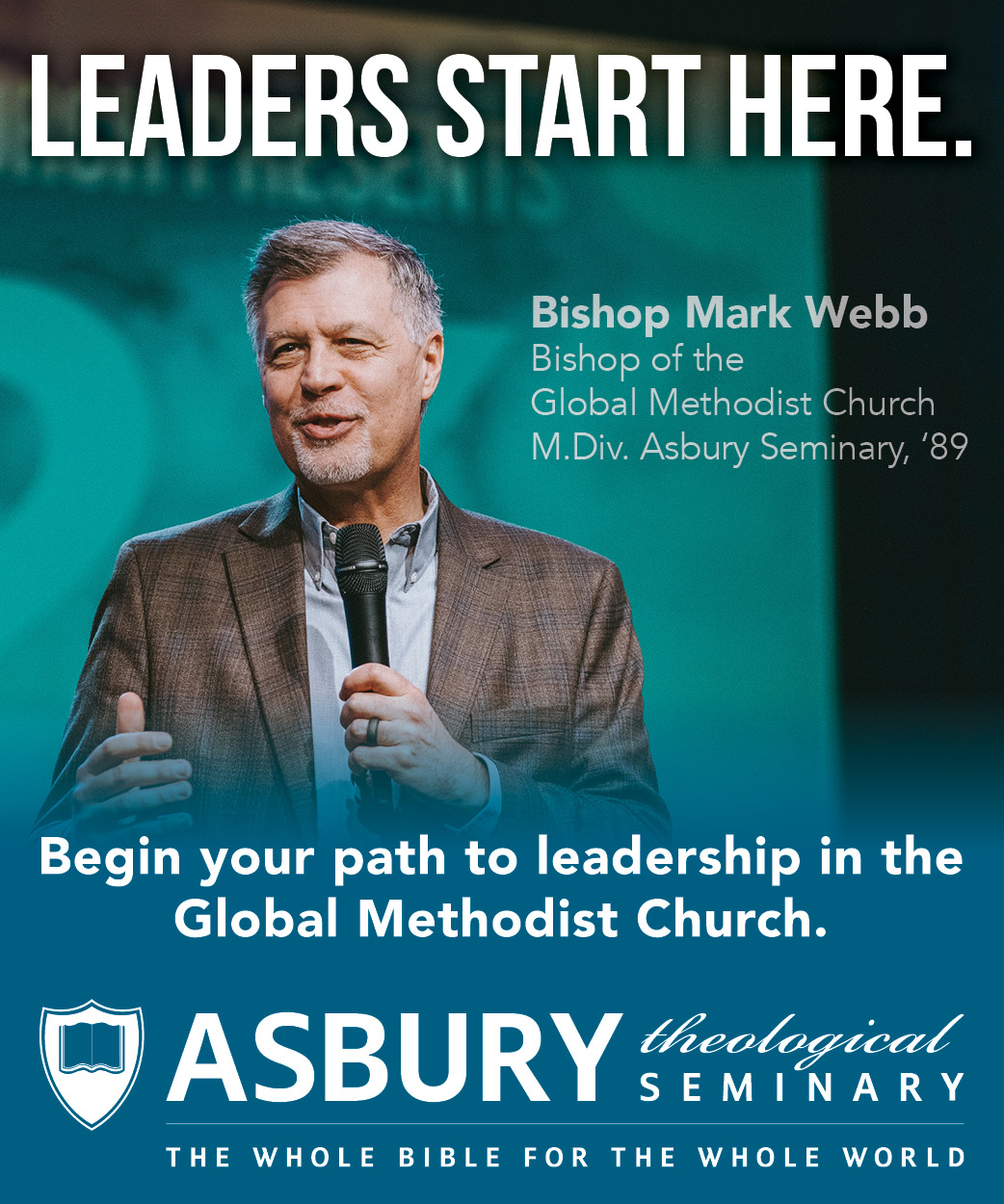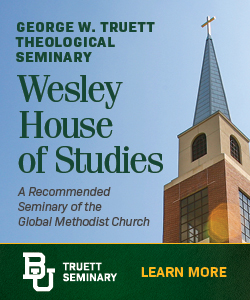By M. Kent Millard
I was one of the 20 people asked by the Council of Bishops to serve on the Call to Action Steering Team. I found it to be an extremely inspiring and encouraging experience.
Dr. George Hunter is absolutely right that the Call to Action report insists that the United Methodist connection exists for the local church and not vice versa. The local congregation is the central arena where God makes disciples of Jesus Christ for the transformation of the world. Therefore, all the other levels of the church should be evaluated on how well they enable and empower local congregations to fulfill this vision.
Consequently, the Call to Action group focused most of our attention on how to increase the number of highly vital United Methodist congregations in the United States. We used professional research organizations to comb through the statistical data we have on over 32,000 United Methodist congregations to determine the indicators of vitality in a congregation.
Based on the actual data we have, we determined that the pointers to vitality are growth in worship attendance, growth in membership, and growth in giving over a five-year period.
Based on these criteria we discovered that 5,500 or 17 percent of the United Methodist congregations in the United States are high in vitality as judged by growth in worship attendance, membership, and giving. We also discovered that about 26,700 or 83 percent of the United Methodist congregations in the United States have moderate or low vitality by these growth criteria.
Then we did further analysis of the 5,500 vital congregations to determine what factors enabled them to grow in vitality.
The Towers Watson researchers assessed 127 different variables about local congregations, which might account for their vitality. It was out of this extensive research that these four key drivers of vitality were discovered to be active in the vast majority of the 5,500 vital congregations:
1. Effective pastoral leadership including inspirational preaching and partnering well with laity in the leading of local congregations.
2. Large numbers of small groups of a wide variety especially multiple small groups for children and youth.
3. A mix of both traditional and contemporary worship experiences.
4. Effective and spiritually engaged lay leaders.
Through this widespread research method, we discovered that highly vital congregations were found in all parts of the United States, in all sizes of congregations, and with different theological perspectives.
This should be seen as good news for every congregation because every United Methodist pastor and church of every size in every part of the United States can become more vital by being more conscientious in improving their preaching, partnering well with effective lay leaders, starting more small groups especially for children and youth, and providing a variety of types of worship experiences.
Dr. Hunter maintains that there is always a strong connection between theology and vitality. However, the actual research among vital United Methodist congregations reveals that there are vital congregations that have different theological perspectives. The surprising thing to all of us is that God is at work among people with a different theology than our own!
For the past 40 years, the United Methodist Church has been mired in unending theological debates over many different issues. Perhaps by moving from theological debate to effective actions in local congregations, God might create more vital United Methodist congregations and use all of us to make disciples of Jesus Christ for the transformation of the world regardless of whether or not we all agree with each other theologically.
Jesus reminds us to move from words to actions when he says: “Not everyone who says to me ‘Lord, Lord, Lord’ will enter the kingdom of heaven but only the one who does the will of my Father in heaven” (Matthew 7:21).
M. Kent Millard is the lead pastor of St. Luke’s United Methodist Church in Indianapolis, Indiana. He has been a delegate or alternate delegate to six General Conferences of the United Methodist Church, is a member of the Large Church Initiative Committee, and serves on the United Methodist Church’s Global Health Initiative.






0 Comments